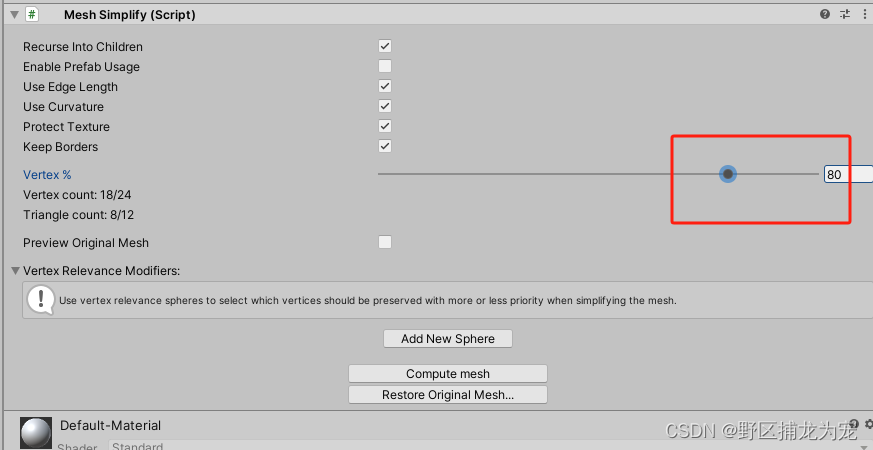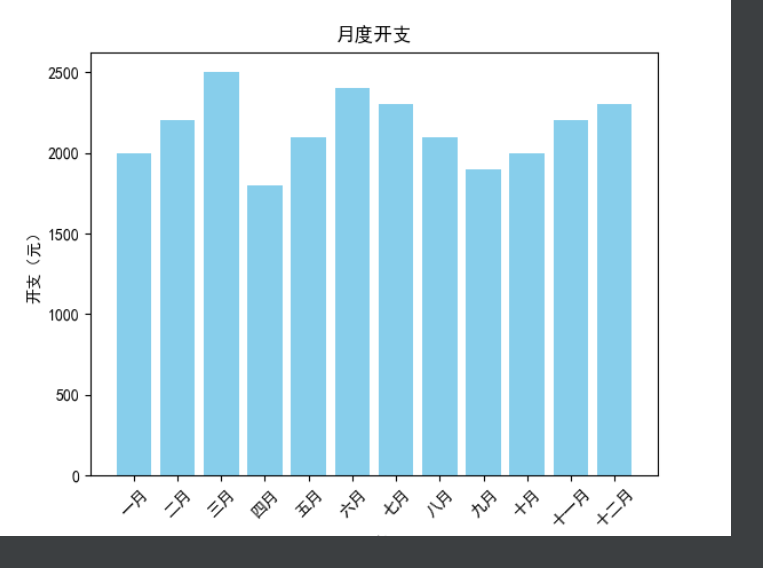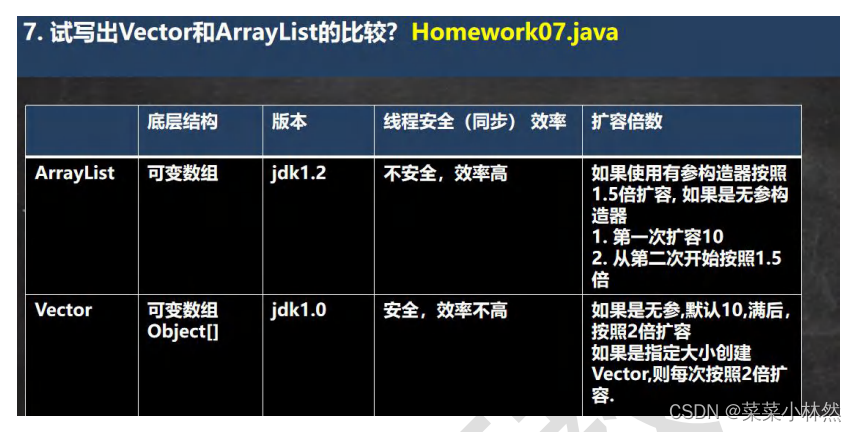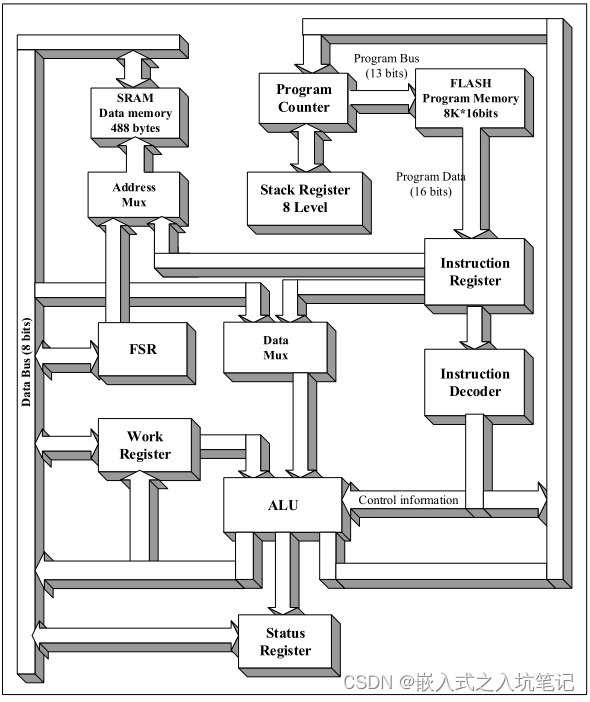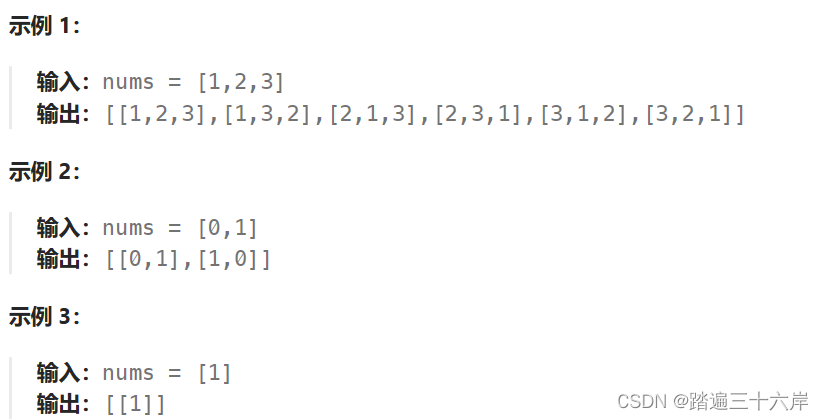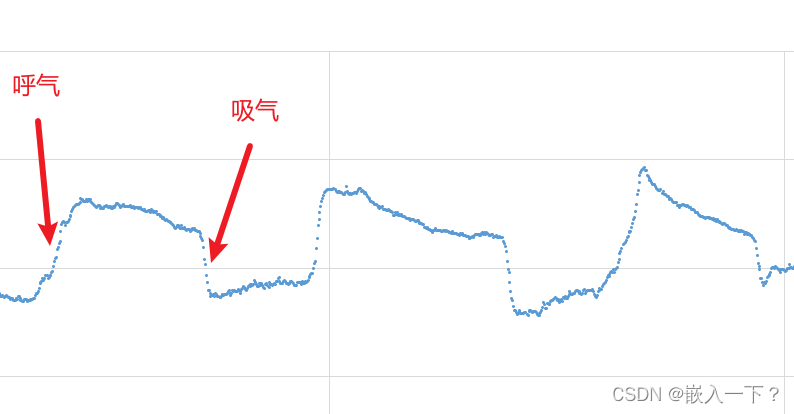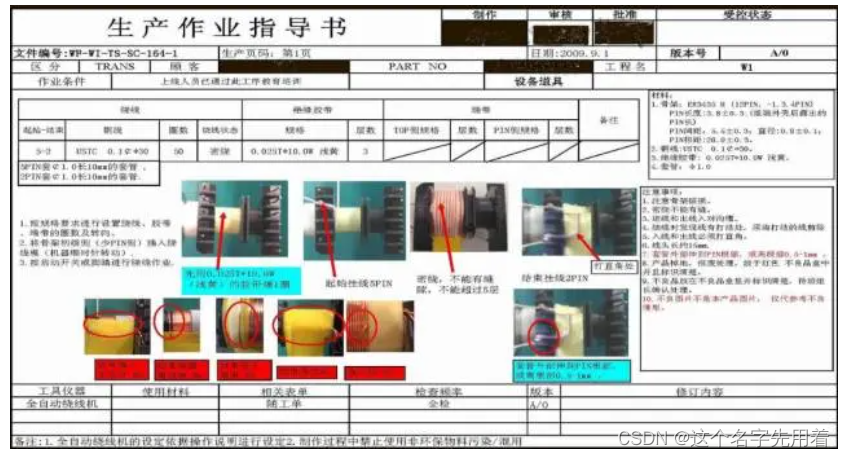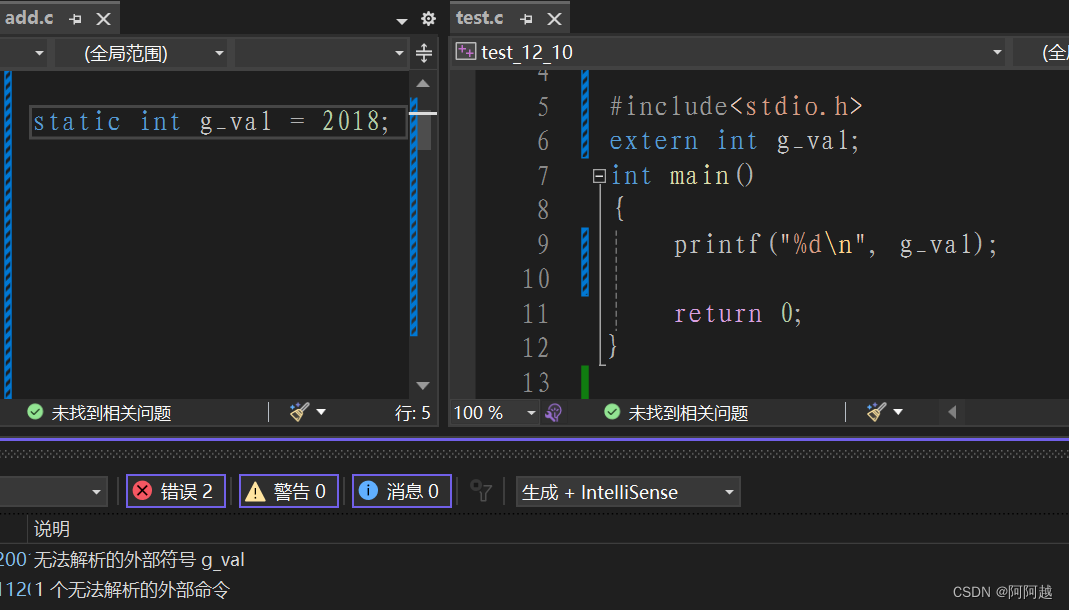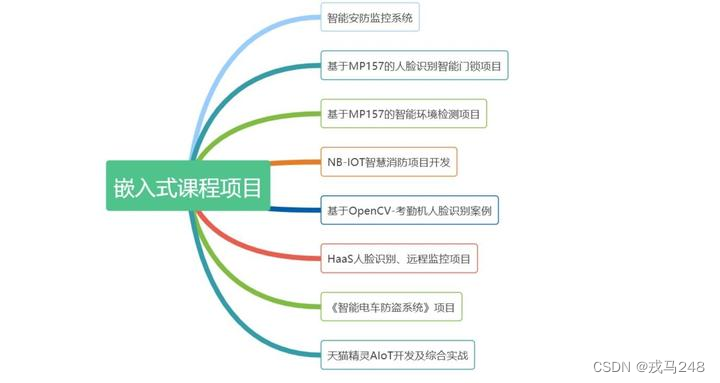class064 Dijkstra算法、分层图最短路【算法】
算法讲解064【必备】Dijkstra算法、分层图最短路
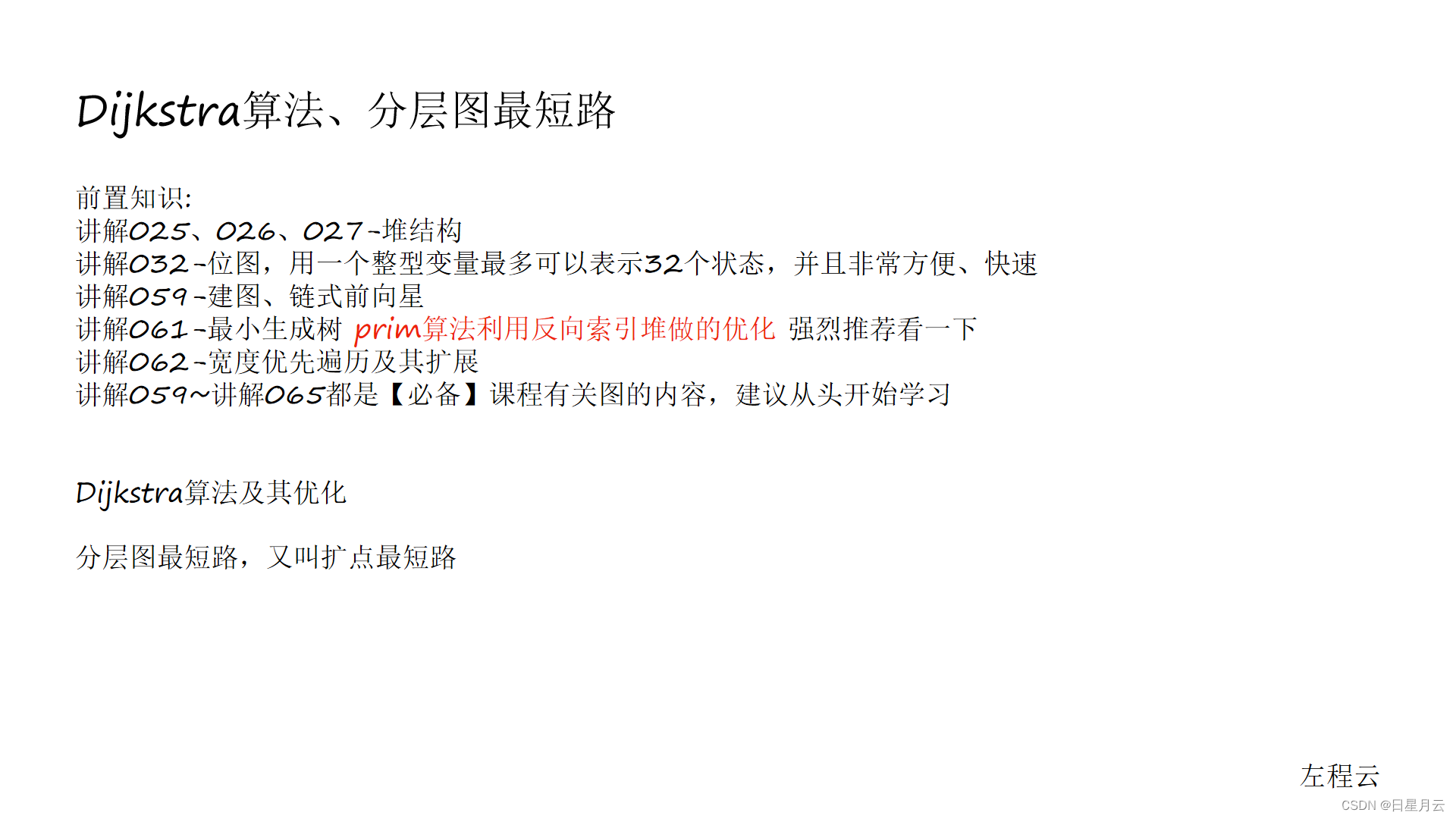
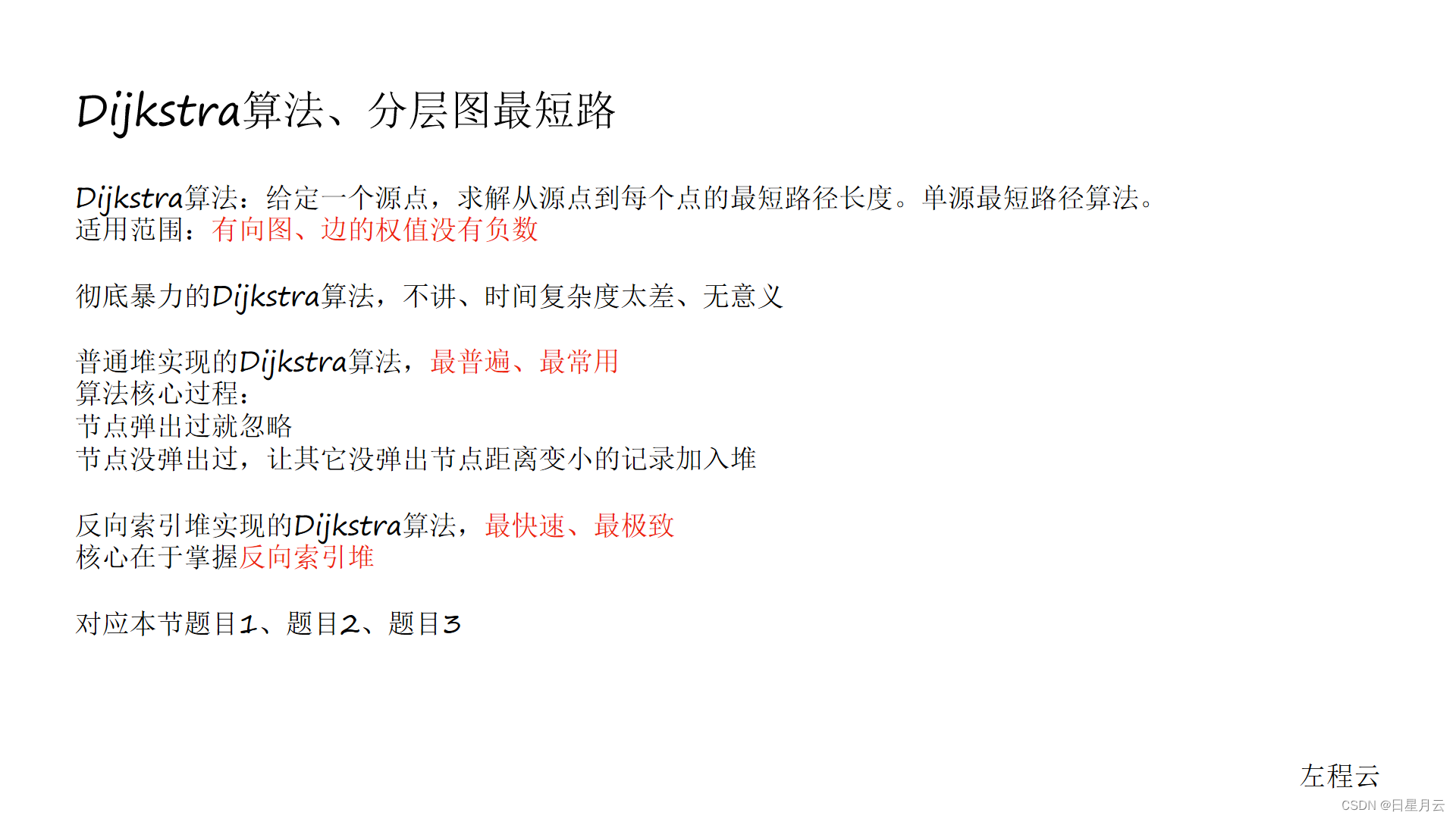
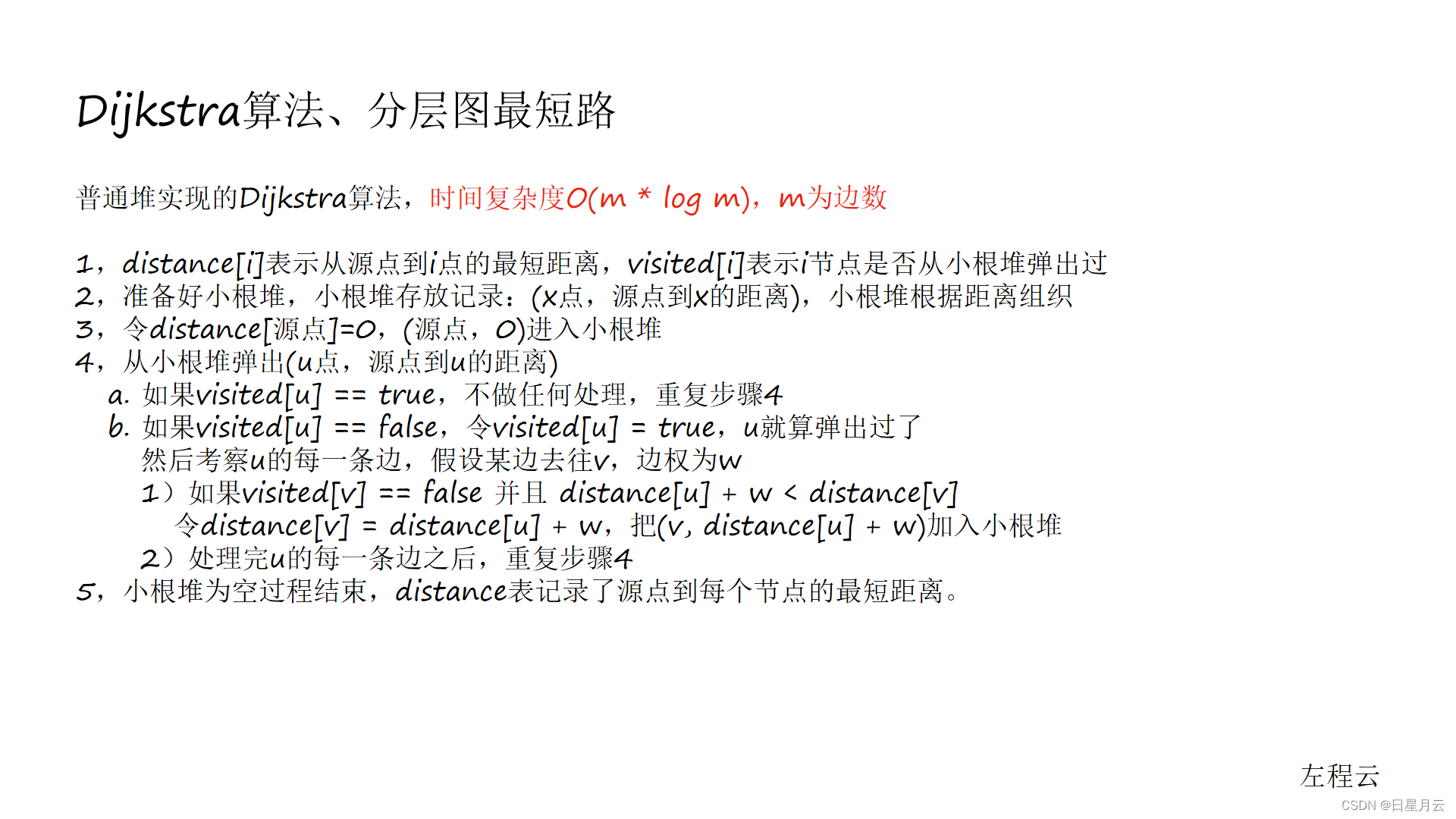

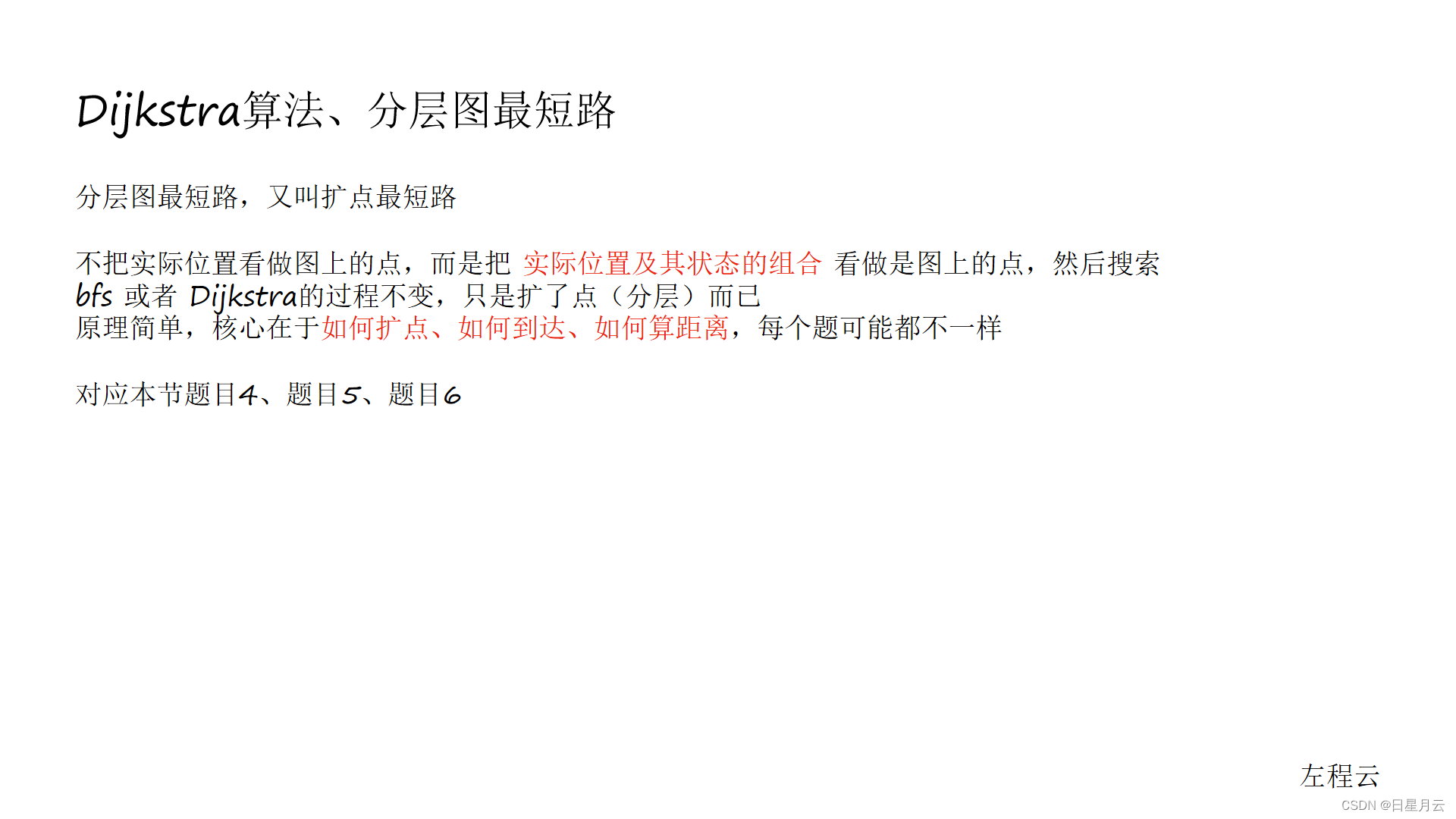
code1 743. 网络延迟时间
// Dijkstra算法模版(Leetcode)
// 网络延迟时间
// 有 n 个网络节点,标记为 1 到 n
// 给你一个列表 times,表示信号经过 有向 边的传递时间
// times[i] = (ui, vi, wi),表示从ui到vi传递信号的时间是wi
// 现在,从某个节点 s 发出一个信号
// 需要多久才能使所有节点都收到信号
// 如果不能使所有节点收到信号,返回 -1
// 测试链接 : https://leetcode.cn/problems/network-delay-time
code1 P4779 【模板】单源最短路径(标准版)
// Dijkstra算法模版(洛谷)
// 静态空间实现 : 链式前向星 + 反向索引堆
// 测试链接 : https://www.luogu.com.cn/problem/P4779
// 请同学们务必参考如下代码中关于输入、输出的处理
// 这是输入输出处理效率很高的写法
// 提交以下所有代码,把主类名改成Main,可以直接通过
package class064;
// Dijkstra算法模版(洛谷)
// 静态空间实现 : 链式前向星 + 反向索引堆
// 测试链接 : https://www.luogu.com.cn/problem/P4779
// 请同学们务必参考如下代码中关于输入、输出的处理
// 这是输入输出处理效率很高的写法
// 提交以下所有代码,把主类名改成Main,可以直接通过
import java.io.BufferedReader;
import java.io.IOException;
import java.io.InputStreamReader;
import java.io.OutputStreamWriter;
import java.io.PrintWriter;
import java.io.StreamTokenizer;
import java.util.Arrays;
public class Code01_DijkstraLuogu {
public static int MAXN = 100001;
public static int MAXM = 200001;
// 链式前向星
public static int[] head = new int[MAXN];
public static int[] next = new int[MAXM];
public static int[] to = new int[MAXM];
public static int[] weight = new int[MAXM];
public static int cnt;
// 反向索引堆
public static int[] heap = new int[MAXN];
// where[v] = -1,表示v这个节点,从来没有进入过堆
// where[v] = -2,表示v这个节点,已经弹出过了
// where[v] = i(>=0),表示v这个节点,在堆上的i位置
public static int[] where = new int[MAXN];
public static int heapSize;
public static int[] distance = new int[MAXN];
public static int n, m, s;
public static void build() {
cnt = 1;
heapSize = 0;
Arrays.fill(head, 1, n + 1, 0);
Arrays.fill(where, 1, n + 1, -1);
Arrays.fill(distance, 1, n + 1, Integer.MAX_VALUE);
}
// 链式前向星建图
public static void addEdge(int u, int v, int w) {
next[cnt] = head[u];
to[cnt] = v;
weight[cnt] = w;
head[u] = cnt++;
}
public static void addOrUpdateOrIgnore(int v, int w) {
if (where[v] == -1) {
heap[heapSize] = v;
where[v] = heapSize++;
distance[v] = w;
heapInsert(where[v]);
} else if (where[v] >= 0) {
distance[v] = Math.min(distance[v], w);
heapInsert(where[v]);
}
}
public static void heapInsert(int i) {
while (distance[heap[i]] < distance[heap[(i - 1) / 2]]) {
swap(i, (i - 1) / 2);
i = (i - 1) / 2;
}
}
public static int pop() {
int ans = heap[0];
swap(0, --heapSize);
heapify(0);
where[ans] = -2;
return ans;
}
public static void heapify(int i) {
int l = 1;
while (l < heapSize) {
int best = l + 1 < heapSize && distance[heap[l + 1]] < distance[heap[l]] ? l + 1 : l;
best = distance[heap[best]] < distance[heap[i]] ? best : i;
if (best == i) {
break;
}
swap(best, i);
i = best;
l = i * 2 + 1;
}
}
public static boolean isEmpty() {
return heapSize == 0;
}
public static void swap(int i, int j) {
int tmp = heap[i];
heap[i] = heap[j];
heap[j] = tmp;
where[heap[i]] = i;
where[heap[j]] = j;
}
public static void main(String[] args) throws IOException {
BufferedReader br = new BufferedReader(new InputStreamReader(System.in));
StreamTokenizer in = new StreamTokenizer(br);
PrintWriter out = new PrintWriter(new OutputStreamWriter(System.out));
while (in.nextToken() != StreamTokenizer.TT_EOF) {
n = (int) in.nval;
in.nextToken(); m = (int) in.nval;
in.nextToken(); s = (int) in.nval;
build();
for (int i = 0, u, v, w; i < m; i++) {
in.nextToken(); u = (int) in.nval;
in.nextToken(); v = (int) in.nval;
in.nextToken(); w = (int) in.nval;
addEdge(u, v, w);
}
dijkstra();
out.print(distance[1]);
for (int i = 2; i <= n; i++) {
out.print(" " + distance[i]);
}
out.println();
}
out.flush();
out.close();
br.close();
}
public static void dijkstra() {
addOrUpdateOrIgnore(s, 0);
while (!isEmpty()) {
int v = pop();
for (int ei = head[v]; ei > 0; ei = next[ei]) {
addOrUpdateOrIgnore(to[ei], distance[v] + weight[ei]);
}
}
}
}
code2 1631. 最小体力消耗路径
// 最小体力消耗路径
// 你准备参加一场远足活动。给你一个二维 rows x columns 的地图 heights
// 其中 heights[row][col] 表示格子 (row, col) 的高度
// 一开始你在最左上角的格子 (0, 0) ,且你希望去最右下角的格子 (rows-1, columns-1)
// (注意下标从 0 开始编号)。你每次可以往 上,下,左,右 四个方向之一移动
// 你想要找到耗费 体力 最小的一条路径
// 一条路径耗费的体力值是路径上,相邻格子之间高度差绝对值的最大值
// 请你返回从左上角走到右下角的最小 体力消耗值
// 测试链接 :https://leetcode.cn/problems/path-with-minimum-effort/
package class064;
import java.util.PriorityQueue;
// 最小体力消耗路径
// 你准备参加一场远足活动。给你一个二维 rows x columns 的地图 heights
// 其中 heights[row][col] 表示格子 (row, col) 的高度
// 一开始你在最左上角的格子 (0, 0) ,且你希望去最右下角的格子 (rows-1, columns-1)
// (注意下标从 0 开始编号)。你每次可以往 上,下,左,右 四个方向之一移动
// 你想要找到耗费 体力 最小的一条路径
// 一条路径耗费的体力值是路径上,相邻格子之间高度差绝对值的最大值
// 请你返回从左上角走到右下角的最小 体力消耗值
// 测试链接 :https://leetcode.cn/problems/path-with-minimum-effort/
public class Code02_PathWithMinimumEffort {
// 0:上,1:右,2:下,3:左
public static int[] move = new int[] { -1, 0, 1, 0, -1 };
public int minimumEffortPath(int[][] heights) {
// (0,0)源点
// -> (x,y)
int n = heights.length;
int m = heights[0].length;
int[][] distance = new int[n][m];
for (int i = 0; i < n; i++) {
for (int j = 0; j < m; j++) {
distance[i][j] = Integer.MAX_VALUE;
}
}
distance[0][0] = 0;
boolean[][] visited = new boolean[n][m];
// 0 : 格子的行
// 1 : 格子的列
// 2 : 源点到当前格子的代价
PriorityQueue<int[]> heap = new PriorityQueue<int[]>((a, b) -> a[2] - b[2]);
heap.add(new int[] { 0, 0, 0 });
while (!heap.isEmpty()) {
int[] record = heap.poll();
int x = record[0];
int y = record[1];
int c = record[2];
if (visited[x][y]) {
continue;
}
if (x == n - 1 && y == m - 1) {
// 常见剪枝
// 发现终点直接返回
// 不用等都结束
return c;
}
visited[x][y] = true;
for (int i = 0; i < 4; i++) {
int nx = x + move[i];
int ny = y + move[i + 1];
if (nx >= 0 && nx < n && ny >= 0 && ny < m && !visited[nx][ny]) {
int nc = Math.max(c, Math.abs(heights[x][y] - heights[nx][ny]));
if (nc < distance[nx][ny]) {
distance[nx][ny] = nc;
heap.add(new int[] { nx, ny, nc });
}
}
}
}
return -1;
}
}
code3 778. 水位上升的泳池中游泳
// 水位上升的泳池中游泳
// 在一个 n x n 的整数矩阵 grid 中
// 每一个方格的值 grid[i][j] 表示位置 (i, j) 的平台高度
// 当开始下雨时,在时间为 t 时,水池中的水位为 t
// 你可以从一个平台游向四周相邻的任意一个平台,但是前提是此时水位必须同时淹没这两个平台
// 假定你可以瞬间移动无限距离,也就是默认在方格内部游动是不耗时的
// 当然,在你游泳的时候你必须待在坐标方格里面。
// 你从坐标方格的左上平台 (0,0) 出发
// 返回 你到达坐标方格的右下平台 (n-1, n-1) 所需的最少时间
// 测试链接 : https://leetcode.cn/problems/swim-in-rising-water/
package class064;
import java.util.PriorityQueue;
// 水位上升的泳池中游泳
// 在一个 n x n 的整数矩阵 grid 中
// 每一个方格的值 grid[i][j] 表示位置 (i, j) 的平台高度
// 当开始下雨时,在时间为 t 时,水池中的水位为 t
// 你可以从一个平台游向四周相邻的任意一个平台,但是前提是此时水位必须同时淹没这两个平台
// 假定你可以瞬间移动无限距离,也就是默认在方格内部游动是不耗时的
// 当然,在你游泳的时候你必须待在坐标方格里面。
// 你从坐标方格的左上平台 (0,0) 出发
// 返回 你到达坐标方格的右下平台 (n-1, n-1) 所需的最少时间
// 测试链接 : https://leetcode.cn/problems/swim-in-rising-water/
public class Code03_SwimInRisingWater {
// 0:上,1:右,2:下,3:左
public static int[] move = new int[] { -1, 0, 1, 0, -1 };
public static int swimInWater(int[][] grid) {
int n = grid.length;
int m = grid[0].length;
int[][] distance = new int[n][m];
for (int i = 0; i < n; i++) {
for (int j = 0; j < m; j++) {
distance[i][j] = Integer.MAX_VALUE;
}
}
distance[0][0] = grid[0][0];
boolean[][] visited = new boolean[n][m];
// 0 : 格子的行
// 1 : 格子的列
// 2 : 源点到当前格子的代价
PriorityQueue<int[]> heap = new PriorityQueue<>((a, b) -> a[2] - b[2]);
heap.add(new int[] { 0, 0, grid[0][0] });
while (!heap.isEmpty()) {
int x = heap.peek()[0];
int y = heap.peek()[1];
int c = heap.peek()[2];
heap.poll();
if (visited[x][y]) {
continue;
}
visited[x][y] = true;
if (x == n - 1 && y == m - 1) {
// 常见剪枝
// 发现终点直接返回
// 不用等都结束
return c;
}
for (int i = 0, nx, ny, nc; i < 4; i++) {
nx = x + move[i];
ny = y + move[i + 1];
if (nx >= 0 && nx < n && ny >= 0 && ny < m && !visited[nx][ny]) {
nc = Math.max(c, grid[nx][ny]);
if (nc < distance[nx][ny]) {
distance[nx][ny] = nc;
heap.add(new int[] { nx, ny, nc });
}
}
}
}
return -1;
}
}
code4 864. 获取所有钥匙的最短路径
// 获取所有钥匙的最短路径
// 给定一个二维网格 grid ,其中:
// ‘.’ 代表一个空房间、‘#’ 代表一堵、‘@’ 是起点
// 小写字母代表钥匙、大写字母代表锁
// 从起点开始出发,一次移动是指向四个基本方向之一行走一个单位空间
// 不能在网格外面行走,也无法穿过一堵墙
// 如果途经一个钥匙,我们就把它捡起来。除非我们手里有对应的钥匙,否则无法通过锁。
// 假设 k 为 钥匙/锁 的个数,且满足 1 <= k <= 6,
// 字母表中的前 k 个字母在网格中都有自己对应的一个小写和一个大写字母
// 换言之,每个锁有唯一对应的钥匙,每个钥匙也有唯一对应的锁
// 另外,代表钥匙和锁的字母互为大小写并按字母顺序排列
// 返回获取所有钥匙所需要的移动的最少次数。如果无法获取所有钥匙,返回 -1 。
// 测试链接:https://leetcode.cn/problems/shortest-path-to-get-all-keys
package class064;
// 获取所有钥匙的最短路径
// 给定一个二维网格 grid ,其中:
// '.' 代表一个空房间、'#' 代表一堵、'@' 是起点
// 小写字母代表钥匙、大写字母代表锁
// 从起点开始出发,一次移动是指向四个基本方向之一行走一个单位空间
// 不能在网格外面行走,也无法穿过一堵墙
// 如果途经一个钥匙,我们就把它捡起来。除非我们手里有对应的钥匙,否则无法通过锁。
// 假设 k 为 钥匙/锁 的个数,且满足 1 <= k <= 6,
// 字母表中的前 k 个字母在网格中都有自己对应的一个小写和一个大写字母
// 换言之,每个锁有唯一对应的钥匙,每个钥匙也有唯一对应的锁
// 另外,代表钥匙和锁的字母互为大小写并按字母顺序排列
// 返回获取所有钥匙所需要的移动的最少次数。如果无法获取所有钥匙,返回 -1 。
// 测试链接:https://leetcode.cn/problems/shortest-path-to-get-all-keys
public class Code04_ShortestPathToGetAllKeys {
public static int MAXN = 31;
public static int MAXM = 31;
public static int MAXK = 6;
// 0:上,1:右,2:下,3:左
public static int[] move = new int[] { -1, 0, 1, 0, -1 };
public static char[][] grid = new char[MAXN][];
public static boolean[][][] visited = new boolean[MAXN][MAXM][1 << MAXK];
// 0 : 行
// 1 : 列
// 2 : 收集钥匙的状态
public static int[][] queue = new int[MAXN * MAXM * (1 << MAXK)][3];
public static int l, r, n, m, key;
public static void build(String[] g) {
l = r = key = 0;
n = g.length;
m = g[0].length();
for (int i = 0; i < n; i++) {
grid[i] = g[i].toCharArray();
}
for (int i = 0; i < n; i++) {
for (int j = 0; j < m; j++) {
if (grid[i][j] == '@') {
queue[r][0] = i;
queue[r][1] = j;
// 0 : 000000
queue[r++][2] = 0;
}
if (grid[i][j] >= 'a' && grid[i][j] <= 'f') {
key |= 1 << (grid[i][j] - 'a');
}
}
}
for (int i = 0; i < n; i++) {
for (int j = 0; j < m; j++) {
for (int s = 0; s <= key; s++) {
visited[i][j][s] = false;
}
}
}
}
public static int shortestPathAllKeys(String[] g) {
build(g);
int level = 1;
while (l < r) {
for (int k = 0, size = r - l, x, y, s; k < size; k++) {
x = queue[l][0];
y = queue[l][1];
s = queue[l++][2];
for (int i = 0, nx, ny, ns; i < 4; i++) {
nx = x + move[i];
ny = y + move[i + 1];
ns = s;
if (nx < 0 || nx == n || ny < 0 || ny == m || grid[nx][ny] == '#') {
// 越界或者障碍
continue;
}
if (grid[nx][ny] >= 'A' && grid[nx][ny] <= 'F' && ((ns & (1 << (grid[nx][ny] - 'A'))) == 0)) {
// 是锁,又没有对应的钥匙
continue;
}
if (grid[nx][ny] >= 'a' && grid[nx][ny] <= 'f') {
// 是某一把钥匙
ns |= (1 << (grid[nx][ny] - 'a'));
}
if (ns == key) {
// 常见剪枝
// 发现终点直接返回
// 不用等都结束
return level;
}
if (!visited[nx][ny][ns]) {
visited[nx][ny][ns] = true;
queue[r][0] = nx;
queue[r][1] = ny;
queue[r++][2] = ns;
}
}
}
level++;
}
return -1;
}
}
code5 LCP 35. 电动车游城市
// 电动车游城市
// 小明的电动车电量充满时可行驶距离为 cnt,每行驶 1 单位距离消耗 1 单位电量,且花费 1 单位时间
// 小明想选择电动车作为代步工具。地图上共有 N 个景点,景点编号为 0 ~ N-1
// 他将地图信息以 [城市 A 编号,城市 B 编号,两城市间距离] 格式整理在在二维数组 paths,
// 表示城市 A、B 间存在双向通路。
// 初始状态,电动车电量为 0。每个城市都设有充电桩,
// charge[i] 表示第 i 个城市每充 1 单位电量需要花费的单位时间。
// 请返回小明最少需要花费多少单位时间从起点城市 start 抵达终点城市 end
// 测试链接 : https://leetcode.cn/problems/DFPeFJ/
package class064;
import java.util.ArrayList;
import java.util.PriorityQueue;
// 电动车游城市
// 小明的电动车电量充满时可行驶距离为 cnt,每行驶 1 单位距离消耗 1 单位电量,且花费 1 单位时间
// 小明想选择电动车作为代步工具。地图上共有 N 个景点,景点编号为 0 ~ N-1
// 他将地图信息以 [城市 A 编号,城市 B 编号,两城市间距离] 格式整理在在二维数组 paths,
// 表示城市 A、B 间存在双向通路。
// 初始状态,电动车电量为 0。每个城市都设有充电桩,
// charge[i] 表示第 i 个城市每充 1 单位电量需要花费的单位时间。
// 请返回小明最少需要花费多少单位时间从起点城市 start 抵达终点城市 end
// 测试链接 : https://leetcode.cn/problems/DFPeFJ/
public class Code05_VisitCityMinCost {
// 电动车总电量,cnt
public static int electricCarPlan(int[][] paths, int cnt, int start, int end, int[] charge) {
int n = charge.length;
ArrayList<ArrayList<int[]>> graph = new ArrayList<>();
for (int i = 0; i < n; i++) {
graph.add(new ArrayList<>());
}
for (int[] path : paths) {
graph.get(path[0]).add(new int[] { path[1], path[2] });
graph.get(path[1]).add(new int[] { path[0], path[2] });
}
// n : 0 ~ n-1,不代表图上的点
// (点,到达这个点的电量)图上的点!
int[][] distance = new int[n][cnt + 1];
for (int i = 0; i < n; i++) {
for (int j = 0; j <= cnt; j++) {
distance[i][j] = Integer.MAX_VALUE;
}
}
distance[start][0] = 0;
boolean[][] visited = new boolean[n][cnt + 1];
// 0 : 当前点
// 1 : 来到当前点的电量
// 2 : 花费时间
PriorityQueue<int[]> heap = new PriorityQueue<int[]>((a, b) -> (a[2] - b[2]));
heap.add(new int[] { start, 0, 0 });
while (!heap.isEmpty()) {
int[] record = heap.poll();
int cur = record[0];
int power = record[1];
int cost = record[2];
if (visited[cur][power]) {
continue;
}
if (cur == end) {
// 常见剪枝
// 发现终点直接返回
// 不用等都结束
return cost;
}
visited[cur][power] = true;
if (power < cnt) {
// 充一格电
// cur, power+1
if (!visited[cur][power + 1] && cost + charge[cur] < distance[cur][power + 1]) {
distance[cur][power + 1] = cost + charge[cur];
heap.add(new int[] { cur, power + 1, cost + charge[cur] });
}
}
for (int[] edge : graph.get(cur)) {
// 不充电去别的城市
int nextCity = edge[0];
int restPower = power - edge[1];
int nextCost = cost + edge[1];
if (restPower >= 0 && !visited[nextCity][restPower] && nextCost < distance[nextCity][restPower]) {
distance[nextCity][restPower] = nextCost;
heap.add(new int[] { nextCity, restPower, nextCost });
}
}
}
return -1;
}
}
code6 P4568 [JLOI2011] 飞行路线
// 飞行路线(语言提供的堆)
// Alice和Bob现在要乘飞机旅行,他们选择了一家相对便宜的航空公司
// 该航空公司一共在n个城市设有业务,设这些城市分别标记为0 ~ n−1
// 一共有m种航线,每种航线连接两个城市,并且航线有一定的价格
// Alice 和 Bob 现在要从一个城市沿着航线到达另一个城市,途中可以进行转机
// 航空公司对他们这次旅行也推出优惠,他们可以免费在最多k种航线上搭乘飞机
// 那么 Alice 和 Bob 这次出行最少花费多少
// 测试链接 : https://www.luogu.com.cn/problem/P4568
// 请同学们务必参考如下代码中关于输入、输出的处理
// 这是输入输出处理效率很高的写法
// 提交以下所有代码,把主类名改成Main,可以直接通过
code6 P4568 [JLOI2011] 飞行路线
// 飞行路线(自己手撸的堆)
// Alice和Bob现在要乘飞机旅行,他们选择了一家相对便宜的航空公司
// 该航空公司一共在n个城市设有业务,设这些城市分别标记为0 ~ n−1
// 一共有m种航线,每种航线连接两个城市,并且航线有一定的价格
// Alice 和 Bob 现在要从一个城市沿着航线到达另一个城市,途中可以进行转机
// 航空公司对他们这次旅行也推出优惠,他们可以免费在最多k种航线上搭乘飞机
// 那么 Alice 和 Bob 这次出行最少花费多少
// 测试链接 : https://www.luogu.com.cn/problem/P4568
// 请同学们务必参考如下代码中关于输入、输出的处理
// 这是输入输出处理效率很高的写法
// 提交以下所有代码,把主类名改成Main,可以直接通过
package class064;
// 飞行路线(自己手撸的堆)
// Alice和Bob现在要乘飞机旅行,他们选择了一家相对便宜的航空公司
// 该航空公司一共在n个城市设有业务,设这些城市分别标记为0 ~ n−1
// 一共有m种航线,每种航线连接两个城市,并且航线有一定的价格
// Alice 和 Bob 现在要从一个城市沿着航线到达另一个城市,途中可以进行转机
// 航空公司对他们这次旅行也推出优惠,他们可以免费在最多k种航线上搭乘飞机
// 那么 Alice 和 Bob 这次出行最少花费多少
// 测试链接 : https://www.luogu.com.cn/problem/P4568
// 请同学们务必参考如下代码中关于输入、输出的处理
// 这是输入输出处理效率很高的写法
// 提交以下所有代码,把主类名改成Main,可以直接通过
import java.io.BufferedReader;
import java.io.IOException;
import java.io.InputStreamReader;
import java.io.OutputStreamWriter;
import java.io.PrintWriter;
import java.io.StreamTokenizer;
public class Code06_FlightPath2 {
public static int MAXN = 10001;
public static int MAXM = 100001;
public static int MAXK = 11;
// 链式前向星建图需要
public static int[] head = new int[MAXN];
public static int[] next = new int[MAXM];
public static int[] to = new int[MAXM];
public static int[] weight = new int[MAXM];
public static int cnt;
// Dijkstra需要
public static int[][] distance = new int[MAXN][MAXK];
public static boolean[][] visited = new boolean[MAXN][MAXK];
// 自己写的普通堆,静态结构,推荐
// 注意是自己写的普通堆,不是反向索引堆
// 因为(点编号,使用免费路线的次数),两个参数的组合才是图中的点
// 两个参数的组合对应一个点(一个堆的下标),所以反向索引堆不好写
// 其实也能实现,二维点变成一维下标即可
// 但是会造成很多困惑,索性算了,就手写普通堆吧
public static int[][] heap = new int[MAXM * MAXK][3];
public static int heapSize;
public static int n, m, k, s, t;
public static void build() {
cnt = 1;
heapSize = 0;
for (int i = 0; i < n; i++) {
head[i] = 0;
for (int j = 0; j <= k; j++) {
distance[i][j] = Integer.MAX_VALUE;
visited[i][j] = false;
}
}
}
public static void addEdge(int u, int v, int w) {
next[cnt] = head[u];
to[cnt] = v;
weight[cnt] = w;
head[u] = cnt++;
}
public static void push(int u, int t, int c) {
heap[heapSize][0] = u;
heap[heapSize][1] = t;
heap[heapSize][2] = c;
int i = heapSize++;
while (heap[i][2] < heap[(i - 1) / 2][2]) {
swap(i, (i - 1) / 2);
i = (i - 1) / 2;
}
}
public static int u, use, cost;
public static void pop() {
u = heap[0][0];
use = heap[0][1];
cost = heap[0][2];
swap(0, --heapSize);
heapify();
}
public static void heapify() {
int i = 0;
int l = 1;
while (l < heapSize) {
int best = l + 1 < heapSize && heap[l + 1][2] < heap[l][2] ? l + 1 : l;
best = heap[best][2] < heap[i][2] ? best : i;
if (best == i) {
break;
}
swap(best, i);
i = best;
l = i * 2 + 1;
}
}
public static void swap(int i, int j) {
int[] tmp = heap[i];
heap[i] = heap[j];
heap[j] = tmp;
}
public static void main(String[] args) throws IOException {
BufferedReader br = new BufferedReader(new InputStreamReader(System.in));
StreamTokenizer in = new StreamTokenizer(br);
PrintWriter out = new PrintWriter(new OutputStreamWriter(System.out));
while (in.nextToken() != StreamTokenizer.TT_EOF) {
n = (int) in.nval;
in.nextToken(); m = (int) in.nval;
in.nextToken(); k = (int) in.nval;
in.nextToken(); s = (int) in.nval;
in.nextToken(); t = (int) in.nval;
build();
for (int i = 0, a, b, c; i < m; i++) {
in.nextToken(); a = (int) in.nval;
in.nextToken(); b = (int) in.nval;
in.nextToken(); c = (int) in.nval;
addEdge(a, b, c);
addEdge(b, a, c);
}
out.println(dijkstra());
}
out.flush();
out.close();
br.close();
}
public static int dijkstra() {
distance[s][0] = 0;
push(s, 0, 0);
while (heapSize > 0) {
pop();
if (visited[u][use]) {
continue;
}
visited[u][use] = true;
if (u == t) {
// 常见剪枝
// 发现终点直接返回
// 不用等都结束
return cost;
}
for (int ei = head[u], v, w; ei > 0; ei = next[ei]) {
v = to[ei];
w = weight[ei];
if (use < k && distance[v][use + 1] > distance[u][use]) {
// 使用免费
distance[v][use + 1] = distance[u][use];
push(v, use + 1, distance[v][use + 1]);
}
if (distance[v][use] > distance[u][use] + w) {
// 不用免费
distance[v][use] = distance[u][use] + w;
push(v, use, distance[v][use]);
}
}
}
return -1;
}
}
2023-12-9 19:21:42


